

The city
of Candia suffered constantly from the lack of fresh water. During the
Byzantine period water came mainly from wells. Most of them probably remained
in use during the Venetian period, according to the sources and the well mouths
which are preserved. Underground cisterns collecting rain water were also in
use. According to the account of the Proveditore Generale Isepo Civran in 1639
there were 1270 wells and 273 cisterns in Candia. A very large cistern with
five barrel-vaulted rooms supported by colonnades is preserved intact between
the church of St. Titus and the basement of an old ice industry to the North.
In the Venetian period three barrel vaulted cisterns were added to the North of
the former and later the whole complex was connected to the Morosini aqueduct. A
second cistern with colonnades was discovered to the SW of St. Titus. Another
large cistern consisting of two barrel-vaulted rooms was constructed over the
ground level to the South of the Arsenalli Nuovisimi (cistern of Zane). The
large cistern constructed by Morosini into the southern moat of the old
enceinte, next to the barracks of St. George, remains under the modern
Dikaiosynis Str. and the adjacent buildings. Underground cisterns were also
found near the Loggia, in the NE corner of the “Theotokopoulos” park, in the
area of the church of the Three Martyrs in 1866 str. and in other places.
The first attempt to supply water
through an aqueduct was conducted by the Capitan Generale Giovanni Matteo
Bembo. The homonymous fountain, which was constructed
between 1552 and 1554 to the South of the monastery of San Salvatore is still
preserved next to the ottoman fountain in the “Kornaros” Square. It recently
went under conservation, together with the relief slab of the fountain that
constructed in 1603 the Duke Giovanni Sagredo in the NW corner of the Loggia.
The construction of the
aqueduct from Francesco Morosini aimed to solve the problem of the water supply
once and for all. The luxurious fountain that he ordered to be constructed in
the middle of the Square of the Cereals, better known to the locals as “the
Lions”, has lost the impressive statue of Poseidon which surmounted it. It
still remains an emblematic monument for Heraklion, though it suffocates in the
highly commercial city center.
The latest hydraulic work was constructed by the Proveditore Generale
Antonio Priuli just three years before the Fall of Candia, in 1666, in a period
when the Ottomans had cut off the supply from the two older aqueducts. It ended
in the homonymous fountain, which is still preserved near the gate of Dermatas.
 | 1. Heraklion, Rabdh el Khandaq, Chandax, Candia, Megalo Kastro The adventure of a city | |
|---|---|---|
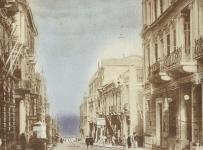 | 1.1 Candia under the Venetian occupation | |
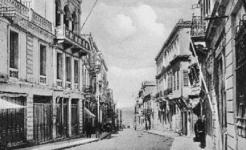 | 1.2 The public buildings | |
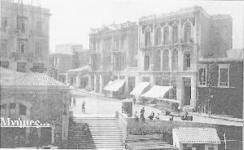 | 1.2.1 Ruga Magistra (Maistra) | |
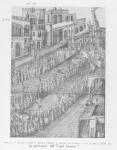 | 1.2.2 The Ducal Palace | |
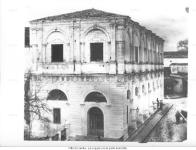 | 1.2.3 The Venetian Loggia | |
 | 1.2.4 The Warehouse for the Cereals (Fondaco) | |
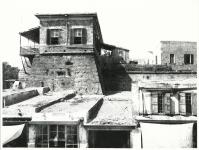 | 1.2.5 The Gate “Voltone” | |
 | 1.3 The orthodox churches | |
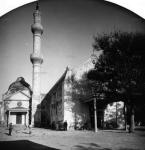 | 1.3.1 St. Catherine of Sinai | |
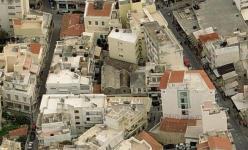 | 1.3.2 Saint Anastasia | |
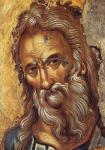 | 1.3.3 The Church of St. Mathew, dependency of Sinai | |
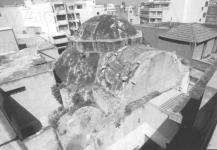 | 1.3.4 St. Onouphrios | |
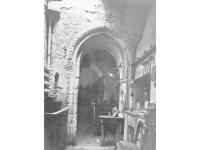 | 1.3.5 Virgin of the Angels (Santa Maria degli Angelis in Beccharia) | |
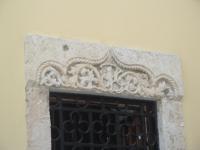 | 1.3.6 Church of the Virgin Pantanassa (southern aisle of the old Metropolis / old church of St. Menas) | |
 | 1.4 The Latin Churches | |
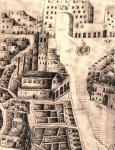 | 1.4.1 The basilica of St. Marc (ducal church) | |
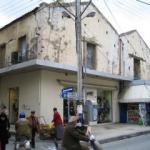 | 1.4.2 The church of Saint John the Baptist | |
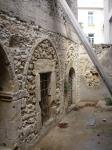 | 1.4.3 Saint Paul of the Servites (Servants of Mary) | |
 | 1.4.4 The monastery of St. Francis of the Franciscans | |
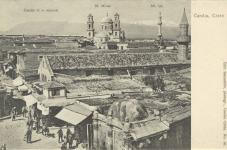 | 1.4.5 Santa Maria di Piazza (Madonina) | |
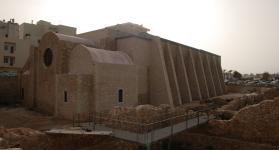 | 1.4.6 The Monastery of St. Peter of the Dominicans | |
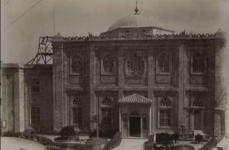 | 1.4.7 The Church of St. Titus (Latin Archdiocese) | |
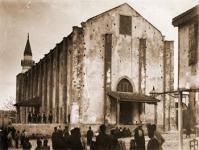 | 1.4.8 The church of San Salvatore | |
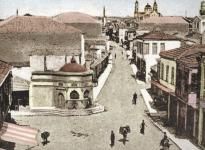 | 1.5.1 The Fountain of the Ruga Panigra (Strata Larga) | |
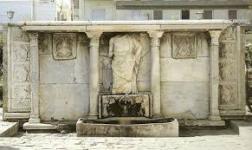 | 1.5.2 The Bembo fountain | |
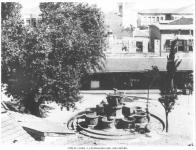 | 1.5.3 The Morozini Fountain | |
 | 1.5.4 The Priuli fountain | |
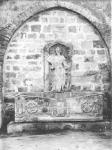 | 1.5.5 The Sagredo fountain |